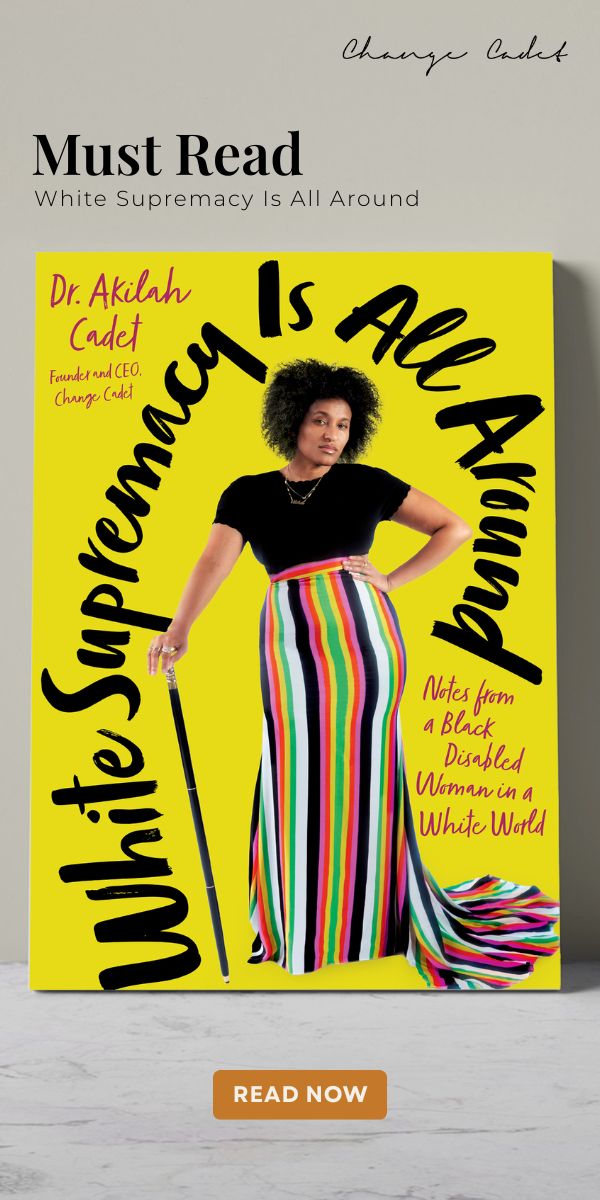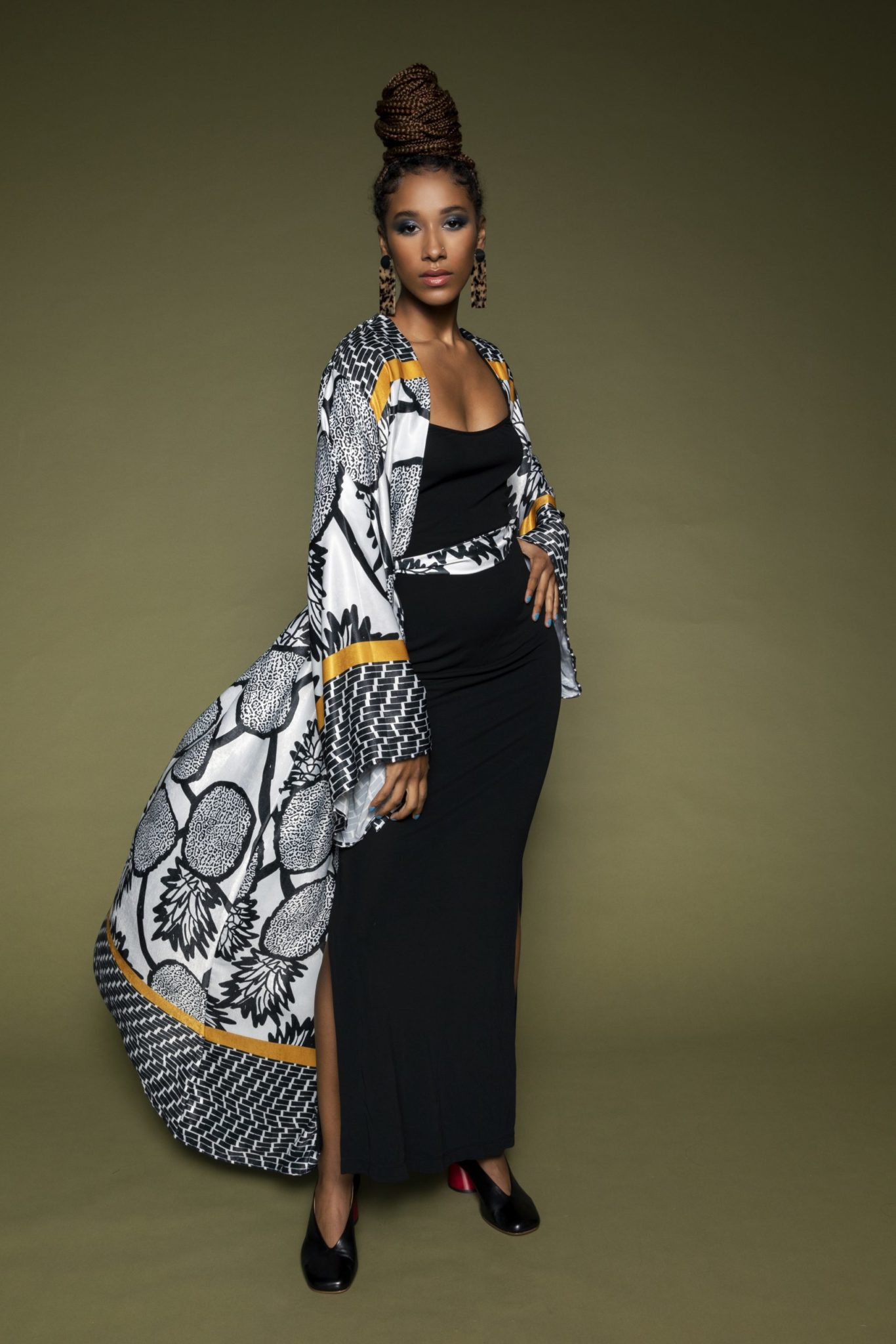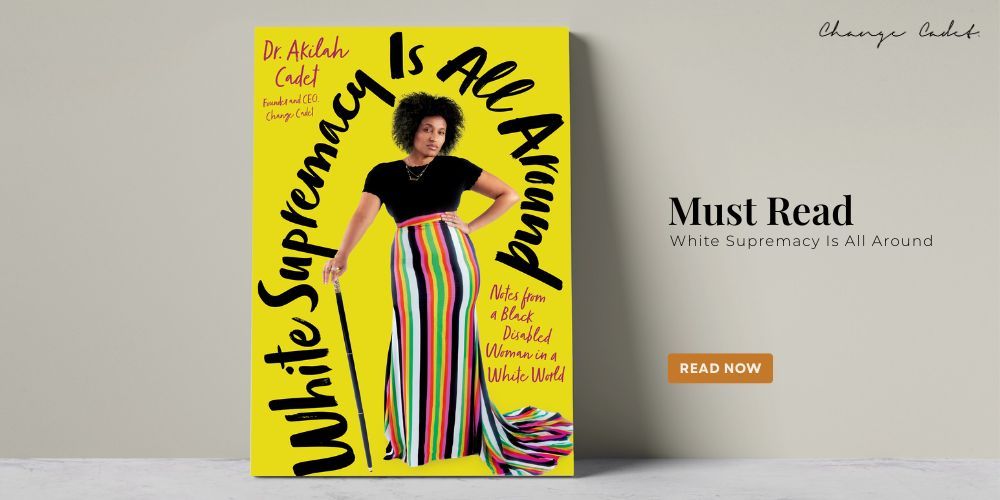No products in the cart.









Eloise Stark
Before the read
Yes—when used consciously, it can foster connection, self-expression, and emotional support instead of comparison or stress.
From building community to boosting self-esteem through shared experiences, social media can enhance mental wellness when used mindfully.
By curating uplifting content, engaging with supportive communities, and setting healthy boundaries, you can turn your feed into a tool for growth.
Before the read
Yes—when used consciously, it can foster connection, self-expression, and emotional support instead of comparison or stress.
From building community to boosting self-esteem through shared experiences, social media can enhance mental wellness when used mindfully.
By curating uplifting content, engaging with supportive communities, and setting healthy boundaries, you can turn your feed into a tool for growth.
Sometimes I’ll put down my phone with a feeling of dread in my stomach, that feeling of being behind in life. Everyone I know seems to be getting married or getting promoted. At some point, the people I grew up with became both emotionally and financially stable, and I didn’t even realize it was happening. And damn, they’re thin.
Other times, I close social media feeling warm inside, because I just connected with people who share the same experiences as I do, other freelance writers, or people with ADHD, or dank feminist memes.

A lot has been written about the negative effects of social media on mental health. About how it can harm our self-esteem, give us a constant feeling of FOMO, become an addiction, make us feel lonely even when people surround us.
But this isn’t the full story. Social media doesn’t have to be harmful. In fact, studies show it can also be a tool for connection, community, and mental health support—if you use it consciously. Let’s focus on the positive aspects of social media and learn how to harness it to make our minds and lives happier places to be.
People spend an average of 2.3 hours a day on social media. That’s a significant chunk of our waking hours, so it’s no wonder researchers are keen to understand its effects.
There is a lot of evidence linking excessive social media use with poorer psychological outcomes. Studies have found connections between heavy use and depression, anxiety, loneliness, and lower life satisfaction. Constant exposure to curated, filtered images can fuel body image dissatisfaction, especially among young users. Other risks include cyberbullying, compulsive “phubbing” (snubbing real-life interactions for your phone), and addictive behaviors that crowd out offline relationships.

Yet there’s another side to the story. Research also shows that how you use social media matters more than how much you use it. Quality of engagement—rather than sheer screen time—plays a critical role in determining whether social media harms or enhances mental health.
For example, platforms can foster a sense of belonging and emotional support. Online communities can provide safe spaces to discuss health conditions, share experiences of trauma, or navigate life challenges. During the COVID-19 pandemic, studies found that humor, mutual friendships, and rewarding social interactions online helped reduce stress and isolation. For marginalized individuals or those living in remote areas, these virtual networks can be life-changing, offering access to peer support they might not have offline.
The takeaway is this: social media isn’t inherently good or bad. Its effects largely depend on intentionality—how and why you use it. So, here are the key rules of engagement when it comes to social media.
The first step to healthier social media use is awareness. Pay attention to your emotions during and after scrolling sessions. Do you feel energized, supported, and inspired? Or do you feel anxious, drained, and inadequate?
If certain accounts or platforms consistently leave you feeling worse, take action: unfollow, mute, or block. Notice patterns. Maybe you feel a pang of comparison every time you see travel influencers posting luxury vacations. Maybe political debates raise your stress levels. You don’t have to expose yourself to content that harms your mental health.
A helpful exercise is to track your feelings for a week. After each scroll session, jot down your mood. Over time, you’ll see what content lifts you and what drags you down. That way, you can consciously choose where you put your time.
Your feed is like your mental environment. Just as you’d decorate your home with items that bring you joy, curate your online spaces intentionally. Think of it as Marie Kondo-ing your feed.
Follow creators who inspire, educate, or make you laugh. Seek out positive role models, mental health advocates, or communities centered around your interests—whether that’s gardening, coding, or yoga. Unfollow accounts that spark negativity, self-doubt, or comparison.
This can include some uncomfortable choices. For example, you might notice that a close friend’s feeds make you feel jealous, sad, or anxious. You have every right to avoid this content. Most platforms allow you to discreetly push someone down in your algorithm.

Controlling the algorithms is what it is all about. And since they thrive on engagement, you need to teach them what you want to see. Save posts that uplift you, like content you enjoy, and hide what doesn’t serve you. Your feed will become gradually more suited to supporting your mental health, not destroying it.
It becomes a sort of moving vision board, reminding you of your values, your interests, and the people you love, a vision board of your best self.
Social media’s greatest strength is its ability to connect people across the globe. For those struggling with mental health challenges or feeling isolated, finding like-minded communities can be transformative.
Online support groups allow users to share experiences, seek advice, and offer encouragement. Whether it’s a forum for people managing chronic illness, a Discord server for neurodivergent adults, or a Facebook group for first-time parents, these spaces create a sense of belonging that can vastly improve your mental health.
This is especially true when you don’t have access to these communities IRL. If you are queer and growing up in a rural area, the internet might be the first place you meet other LGBTQIA+ individuals. The same can be true for introverts who want to meet kindred spirits but are reluctant to meet up with strangers.
Use social media to find your people and build safe spaces to be your true self.
A key difference between healthy and unhealthy social media habits is whether you’re an active participant or a passive consumer.
Passive scrolling—endlessly consuming content without interaction—tends to correlate with worse mood and lower well-being. On the other hand, actively engaging with others by commenting, messaging, or sharing your own experiences creates a sense of connection and purpose.
Instead of just scrolling through Instagram stories, send a supportive message to a friend. Join an X thread on a topic you care about. Share your creative work on TikTok. Use social media as a tool for communication, not as a means to disconnect from reality.
Here’s a simple checklist to keep your social media experience positive:
Social media isn’t inherently harmful or beneficial; it’s a tool. Like any tool, its impact depends on how you use it.
If you miss out on time with loved ones because you are scrolling through things that make you anxious, or your insecurities are being triggered by highly edited photos, then it can be destructive.
If you find your own special brand of online weirdo, if you can share your creativity or learn new things, it can improve your life significantly.
Like any tool, from power drills to vibrators, the most important thing is to control it, rather than letting it control you.
The Wrap








